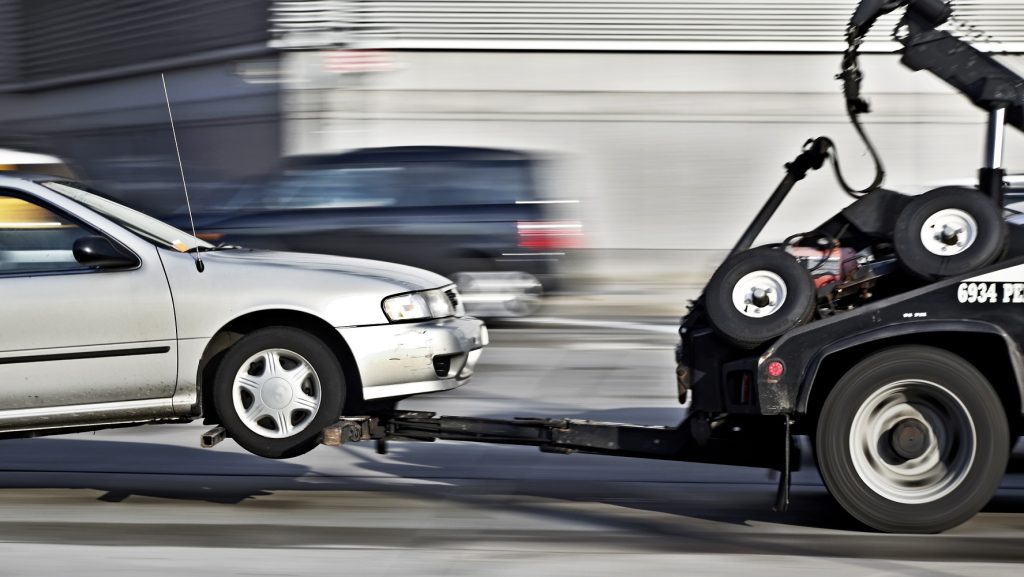If you fall behind on car payments, you run the risk of repossession. Some lenders are quicker than others to repossess, but most wait until the third month of non-payment. There are several methods to prevent vehicle repossession.

Your lender may warn you via correspondence that repossession is possible. But no lender will warn you beforehand that they are about to take the vehicle. The repo man wants to repossess without confrontation.
How to prevent vehicle repossession
Get caught up on your payments. Prioritize your vehicle payment over medical bills, credit cards, and other types of unsecured debts. To come current, you will also need to pay any late fees and added penalties. You are not fully caught up until your balance is zero. Curing the default is the surest method to stop a repo.
Negotiate with your lender. Many lenders allow one or two missed payments over the life of a loan. Missed payments will not simply be forgiven. Instead, your lender may “tack” them on to the end of your loan. Many lenders also offer payment deadline extensions and catch-up plans. If you are unable to make your monthly payment, contact your lender and see what options they have to offer you.
Sell the vehicle. If you can sell your car before it is repossessed, invariably you will obtain a better price than the lender will get at a repossession auction. You will also avoid having to pay for the repossession costs, storage, and other miscellaneous auction expenses.
Voluntarily surrender the vehicle. If you are able to obtain an anti-deficiency agreement with your lender, voluntarily surrendering the vehicle may make sense. Do not, however, simply hand over the vehicle to your lender without obtaining an agreement in writing. While you may save some of the costs of repossession (like towing charges) you waive many of your defenses in a later deficiency lawsuit.
File for bankruptcy protection. Once you file bankruptcy, no creditor can take any action against you or your property. That includes repossession. Unless you are able to come current on the payments, a Chapter 7 bankruptcy may not prevent vehicle repossession for more than a couple of months. But a Chapter 13 bankruptcy allows you to spread out the missed payments for as long as five years.
Once a repossession takes place
Even after a repossession has taken place, you may be able to get your vehicle back, but you must act quickly. Filing bankruptcy before the creditor sells the vehicle will stop any scheduled auction and allow you to get the vehicle back. But you will need to make arrangements for payment on the loan. Only bankruptcy can force a lender to return a repossessed vehicle.
After the vehicle has been auctioned off, there is no way to get it back. If the auction proceeds turn out to be less than the amount you owe, then your creditor will file a lawsuit against you to obtain a deficiency judgment. At that point, your credit report will show both a repossession and a lawsuit.
